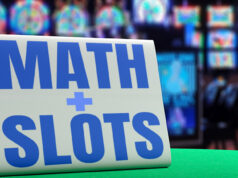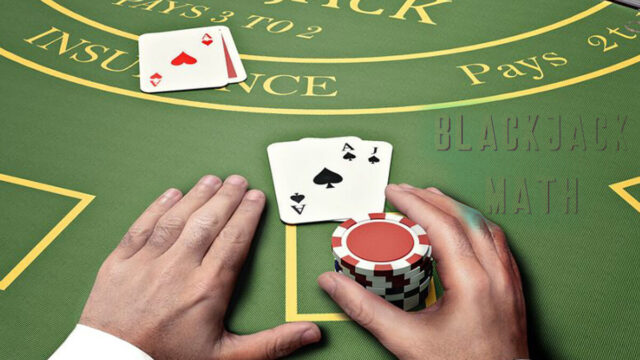
Have you ever wanted to beat the house in a game of blackjack? Understanding the mathematics and odds behind card counting can give you a powerful edge in the game, but it can be difficult to learn on your own.
This article will help you understand how card counting works and give you the confidence to start feeling like a pro!
How Card Counting Works
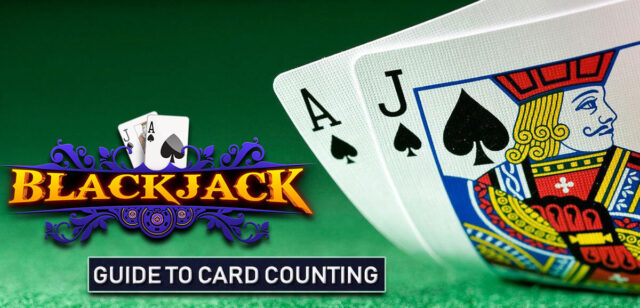
In a game of blackjack, each card is valued between two and eleven points with the face cards all being worth ten. It is a method of keeping track of the ratio of high to low-value cards that have been played in blackjack. The idea is that if there are more high-value cards left than low-value ones, then the player has an advantage as they can predict what card will be dealt next by analyzing the ratio.
Professional blackjack players use their skills at counting to gain an edge over the house in order to decrease its inherent advantage. Knowing when to hit and when to stand can mean the difference between winning and losing long-term, as certain combinations favor specific strategies. If players have an understanding of which cards have already been dealt, they can make more informed decisions about their playing strategy based on current conditions. To try this method, visit here.
In order for this strategy to work though, it is important that players do not let their emotions overtake them so they are focused and aware at all times.
This method requires intense focus, good memory, and mental discipline but if done correctly it can be a major asset for any blackjack enthusiast. It also must be done legally by avoiding touching or manipulating the cards since this will result in a player being banned from casinos for life. As with any form of gambling, it is important for players to set limits so they do not go overboard when playing with real money.
Advantages:
– Can increase the chances of success by making informed decisions while playing;
– Can provide an advantage over the house if implemented correctly;
– Provides an organized approach to playing allowing for making better decisions at opportune times;
– Often allows players to bet larger amounts due to increased confidence in their odds of success.
Disadvantages:
Can be complicated and difficult to master;
-Time-consuming requiring focus and discipline;
– Easy to make mistakes in card counting if unfamiliar with deck size or betting pattern;
-Casinos often employ countermeasures such as shuffling the deck or changing dealer shifts when they suspect that someone is counting cards.
Basic Blackjack Strategy
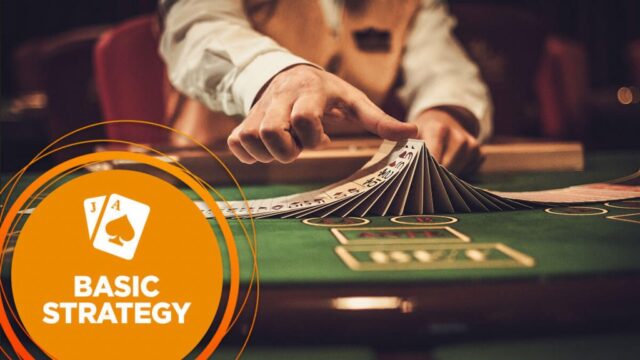
The key to successful card counting is to use the most accurate and efficient blackjack strategy to determine the best move for any given situation. A basic blackjack strategy can be used to determine the mathematically correct decisions when playing blackjack. When a player uses basic strategy they will reduce the house edge as much as possible and gain an extra edge on top of that by counting cards.
Basic blackjack strategies are split into two distinct strategies; single-deck and multiple-deck games. A single deck requires a basic strategy chart that provides all possible solutions and hand signals depending on the current hand you are holding and also what card was revealed by the dealer. On a multiple-deck game, you can use either two different charts, or one ‘universal’ chart, specifically designed for multiple decks. The chart will give advice based on whether your hand total is soft (two or more aces) or hard (any other combination).
There’s also an additional rule that you should follow – always split 8’s and aces, no matter what your dealer has faced up; these hands have too much potential if played separately, not to mention offer guaranteed wins with them!
Different Counting Systems
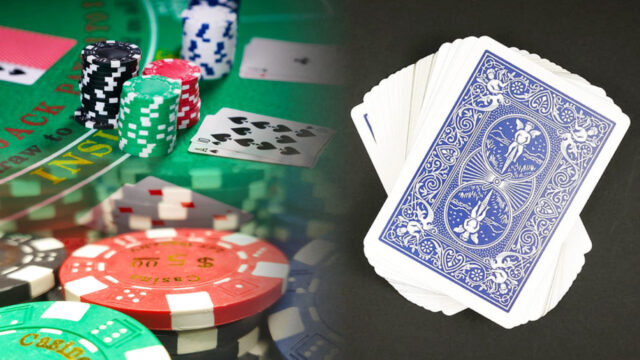
Different card counting systems vary in terms of how much information they give and how complicated they are. Some of the most popular systems include Hi-Lo, Zen Count, and Omega II. By familiarizing yourself with these different systems, you can find which one works best for your game style.
Hi-Lo
Hi-Lo is a relatively simple system that assigns each card a point value based on its numerical calculating value: 2-6 gets +1, 7-9 gets 0, 10s/face cards/aces get -1; this system assigns more value to 10s/face cards/aces as players tend to should stand on these cards more often than any other card. It keeps score by tracking the ratio of high (2-6) cards to low (10s/face cards/aces) – the higher the ratio, the higher advantage to the player.
Zen Count
Zen Count is a variation of Hi-Lo that is considered to be slightly better due to its ability to better “smooth out” variations in the running count as new decks are introduced into play. It also assigns point values differently: 2s get +1, 3s and 7s get +2 and 4–6 get +3; 9s get 0 and 10–Aces receive -2 points each; this system counters any natural tendency for people to assign more value to larger suited numbers since it assigns softer totals for bigger cards.
Omega II
Omega II is considered by many players as one of the top counting options as it tracks more information than other systems by using multiple levels with varying point values per number in order to keep track of both high and low-denomination cards being used in actual gameplay instead just looking at high or low numbers individually like Hi-Lo or Zen Count do – remaining advantageous even when faced with larger deck sizes during multi-deck games.
Conclusion
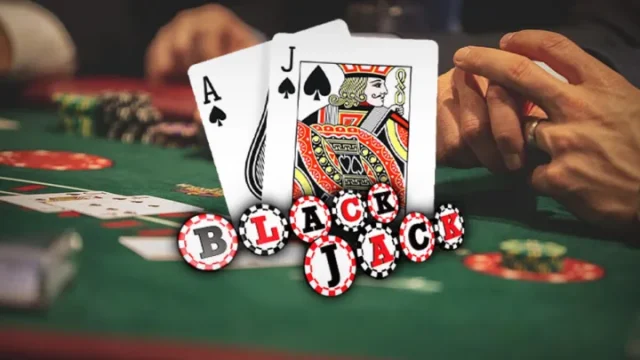
Card counting is an art form that requires practice and dedication to perfection. With the right knowledge and skill, you can increase your chances of winning at blackjack by understanding the math behind it. Card counting isn’t illegal, but it’s always important to play responsibly. Keep in mind that casinos have measures in place to detect card counters so be sure to use these methods carefully if you choose to pursue them. Good luck!

